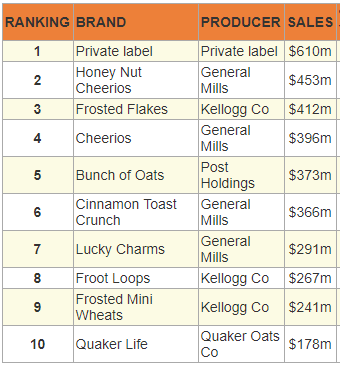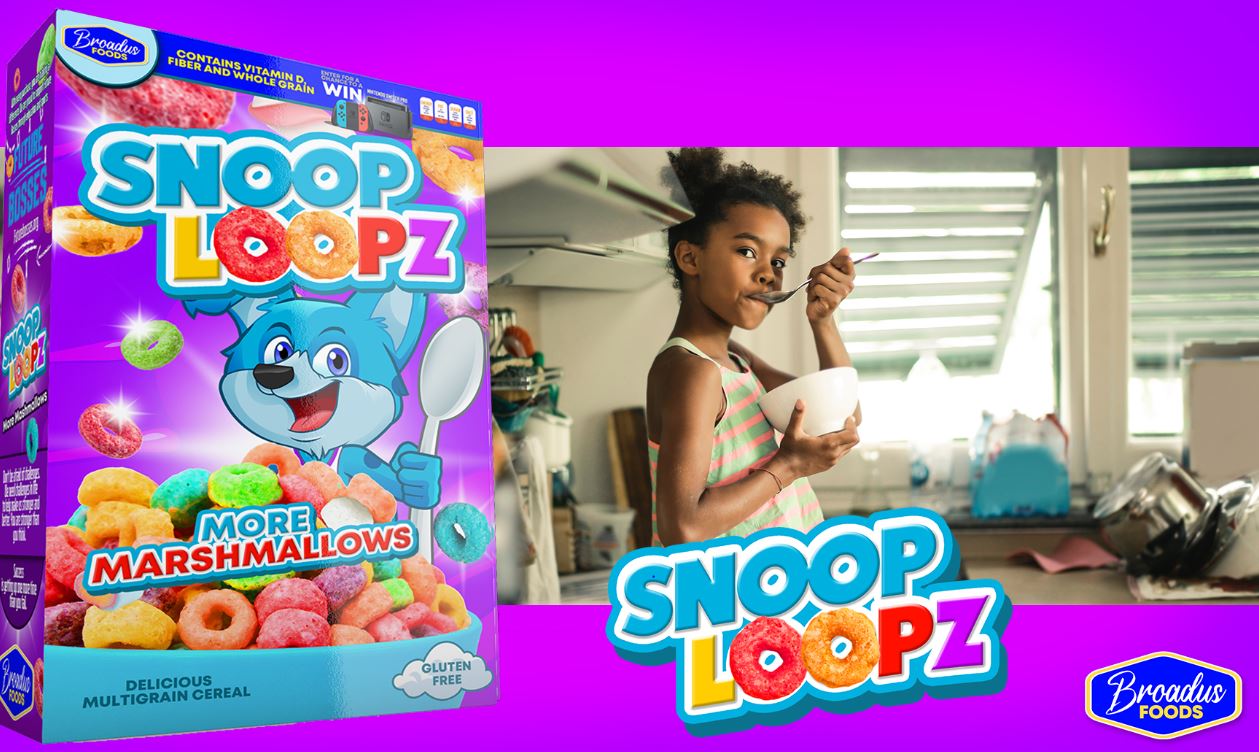This week’s Industry-funded study #1: breakfast cereals
I have been sent so many examples of industry-funded studies that I can’t keep up with them. This is a slow news week and I’m traveling, so how about I post several. Here’s the first.
My thanks to Katie Iwanowski for sending this one.
The study: The Relationship of Ready-to-Eat Cereal Intake and Body Weight in Adults: A Systematic Review of Observational Studies and Controlled Trials Lisa M. Sanders, Mary R. Dicklin, Yong Zhu, Kevin C. Maki. Advances in Nutrition, Volume 14, Issue 4, 2023, Pages 671-684. https://doi.org/10.1016/j.advnut.2023.05.001.
Results: RTEC[Ready to Eat Cereal] consumers (2 – 4 servings a week), as compared with non- and less frequent consumers have lower BMI, lower prevalence of overweight/obesity, less weight gain over time, less anthropometric evidence of abdominal adiposity.
Conclusions:
- RTEC may be used as a meal or snack replacement as part of a hypocaloric diet, but this approach is not superior to other options for those attempting to achieve an energy deficit.
- RTEC consumption was not associated with significantly less loss of body weight, or with weight gain, in any of the RCTs.
- RTEC intake is associated with favorable body weight outcomes in adults in observational studies.
- RTEC does not hinder weight loss when used as a meal or snack replacement within a hypocaloric diet.
Funding: This research was funded by Bell Institute of Health and Nutrition, General Mills Inc. The funding sponsor commented on the study design’s early aspects, reviewed the final data, and provided input to the manuscript.
Author disclosures: LMS is a consulting scientist, and MRD and KCM are employees of Midwest Biomedical Research, which has received research funding from General Mills Inc and Kellogg Company. LMS has received funding from Kellogg Company. YZ is an employee of General Mills Inc.
Comment: This cereal study was funded by a cereal company which—this is quite unusual—disclosed its involvement in the study’s design, interpretation, and writing. The study results are a classic example of interpretation bias. Basically, breakfast cereals don’t make much difference to body weight (it’s overall calorie balance that counts), but the conclusions are spun positively. I especially like the double negative, “not associated with significantly less loss….”


 Next, see what’s happening to breakfast from the point of view of the food industry.
Next, see what’s happening to breakfast from the point of view of the food industry.


